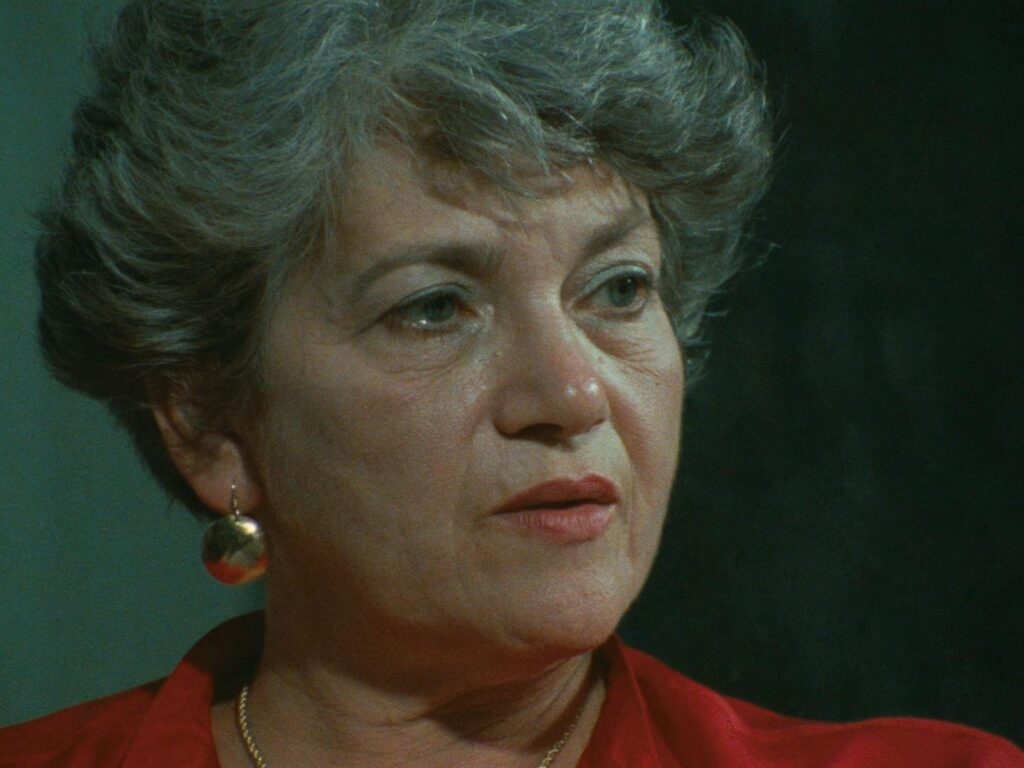Few documentaries have left as significant an impact as Claude Lanzmann’s “Shoah” (1985). This nine-and-a-half-hour masterpiece is a harrowing exploration of the Holocaust, meticulously capturing the testimonies of survivors, perpetrators, and bystanders. Lanzmann’s powerful statement, “Every death is violent,” encapsulates his belief that the act of death itself, regardless of the circumstances, is an inherently violent and tragic occurrence. In this article, we will delve into Lanzmann’s perspective and the profound implications it carries throughout “Shoah.”
Lanzmann’s assertion that every death is violent challenges conventional understandings of violence. While the Holocaust is an apex of human cruelty, Lanzmann argues that even in seemingly natural or peaceful circumstances, death carries an inherent violence. By presenting firsthand accounts of survivors, Lanzmann provides a nuanced perspective that humanizes the victims and confronts the audience with the stark reality of their deaths. This serves as a reminder that each life lost is a violent rupture in the moral order of the world.
Resistance Through Testimonies
“Shoah” comprises interviews conducted by Lanzmann himself, allowing survivors, bystanders, and even SS officers to recount their experiences during the Holocaust. The survivors’ testimonies not only bear witness to the atrocities they endured but also exemplify resilience and steadfastness in the face of unimaginable suffering. Their stories serve as acts of resistance against the violence inflicted upon them. Through their words, they confront and challenge the perpetuation of violence by ensuring that the victims’ voices are heard, thus undermining the power of the oppressors.

Exposing the Banality of Evil
Lanzmann’s interviews expose the banality of evil within the context of the Holocaust. He includes interviews with SS officers and other perpetrators who were directly involved in the genocide. Through these conversations, Lanzmann emphasizes that the perpetrators often depicted themselves as mere cogs in a larger machine. By revealing their presence and their attempts to downplay their responsibility for the violence, Lanzmann forces viewers to grapple with the uncomfortable notion that acts of violence are not solely perpetrated by monsters but are often carried out by ordinary individuals.
The Absence of Graphic Imagery
One of the most significant choices Lanzmann made in “Shoah” was the deliberate absence of graphic imagery. Unlike many documentaries on the Holocaust, Lanzmann refused to include archival footage or photographs of concentration camps. Instead, he relied solely on testimonies. By doing so, Lanzmann aims to place the focus squarely on the survivors’ narratives, allowing them to reclaim their own experiences and keeping the focus on the violence inherent in death itself.

The Notion of Memory and Preservation
Memory and its preservation play a crucial role in Lanzmann’s work. As the number of survivors dwindles, the task of remembering and passing down their testimonies becomes increasingly important. Lanzmann’s commitment to capturing and immortalizing these testimonies contributes to the prevention of historical amnesia and serves as a reminder of the violent nature of death. By preserving the memories of those who perished, Lanzmann ensures that their deaths are not forgotten or overlooked as mere statistics, but rather acknowledged as individual, violent losses.
The Power of Documentation
Lanzmann’s distinct aesthetic choices in “Shoah” reflect his belief in the power of documentation. The nine-and-a-half-hour runtime and extensive interviews demonstrate his dedication to capturing the truth and portraying the magnitude of the Holocaust. By removing the presence of a voiceover or authorial intervention, viewers are forced to confront the testimonies and make their own judgments. Lanzmann’s documentation-style filmmaking highlights the urgency of preserving the truth and combatting the violent erasure that often accompanies historical events of such magnitude.

Conclusion
Claude Lanzmann’s “Shoah” is a groundbreaking documentary that challenges traditional perceptions of violence. By asserting that every death is violent, Lanzmann forces viewers to confront the nature of death itself and the inherent violence it entails. Through the power of survivor testimonies, he exposes the banality of evil, promotes resistance against violent acts, and emphasizes the role of memory and preservation in combating historical amnesia. Lanzmann’s work serves as a crucial reminder that acknowledging and understanding the violent nature of death is essential to prevent history from repeating itself. “Shoah” remains a landmark film, a testament to the significance of documenting and remembering the past.




